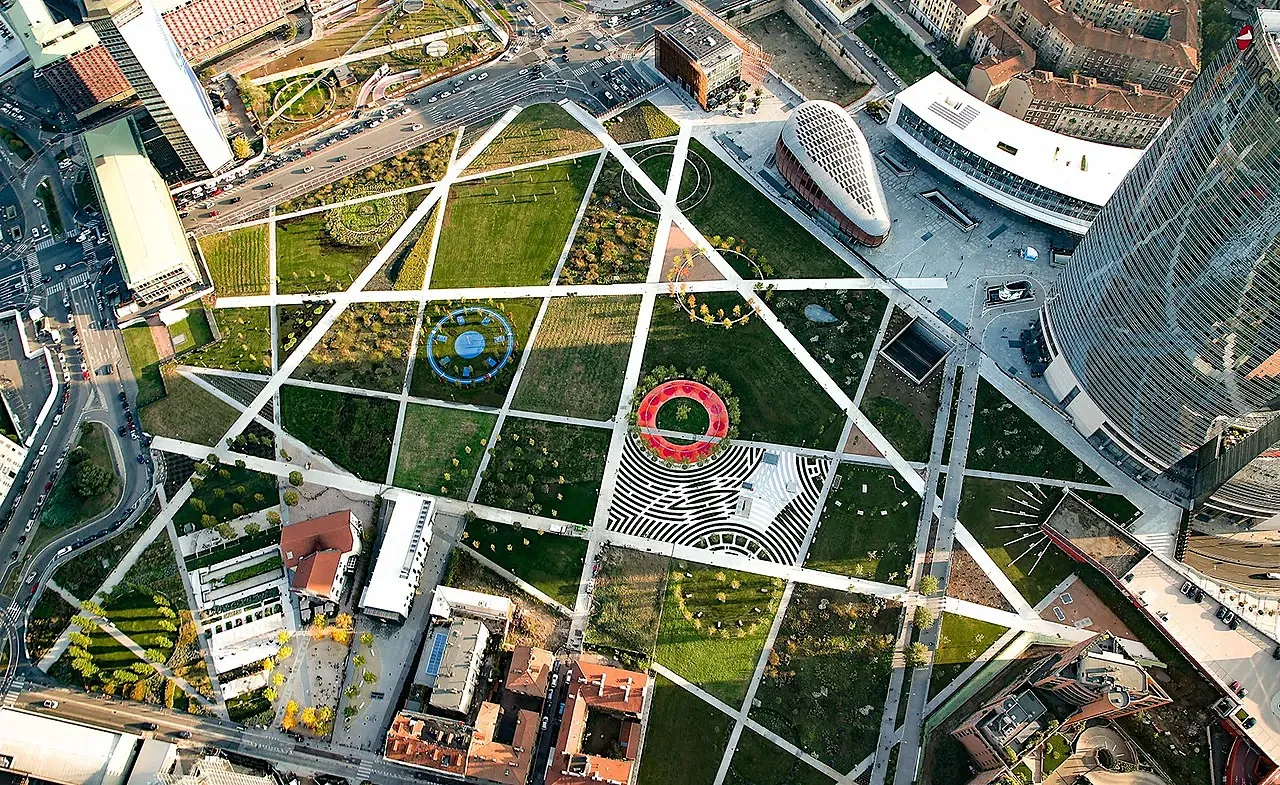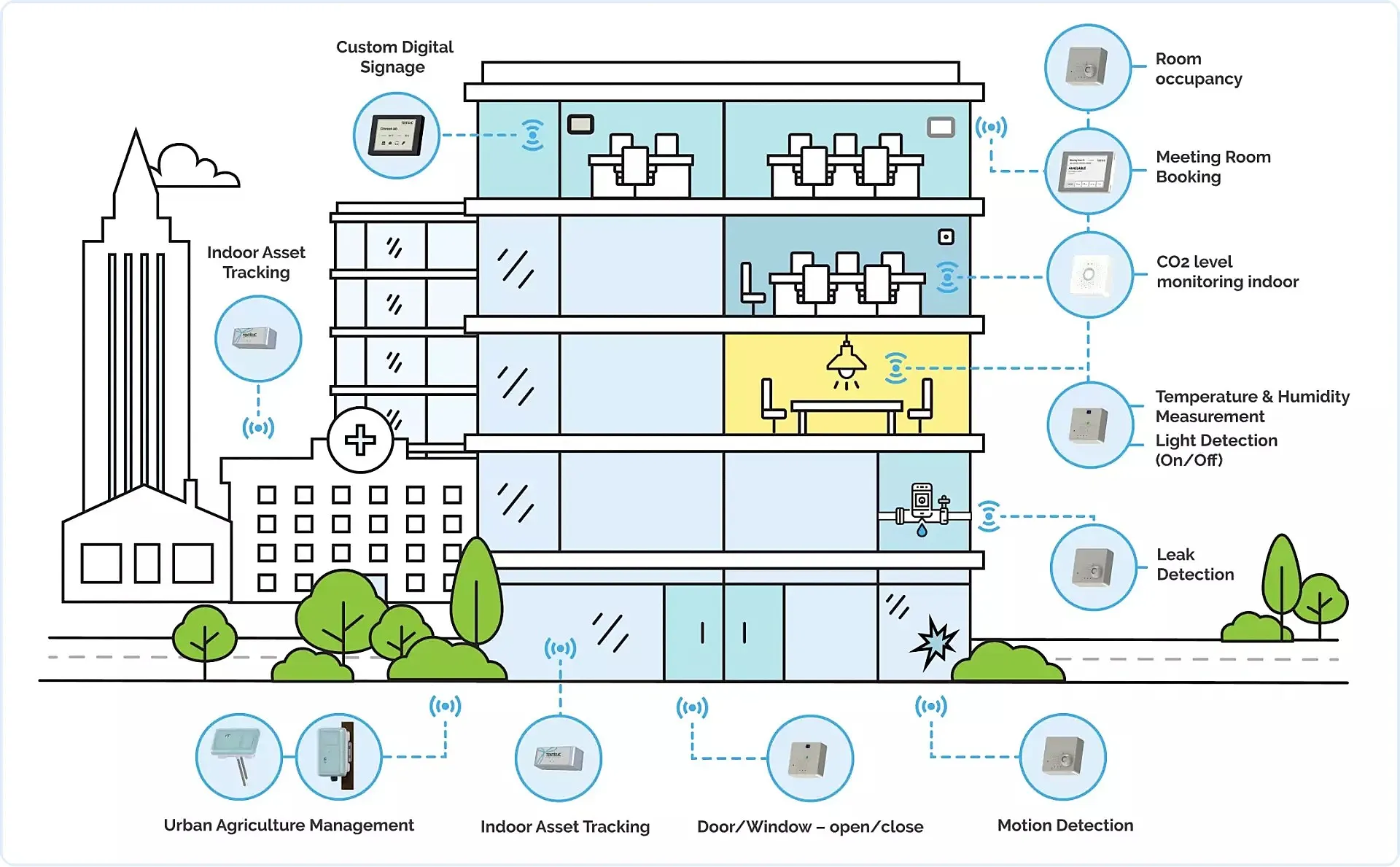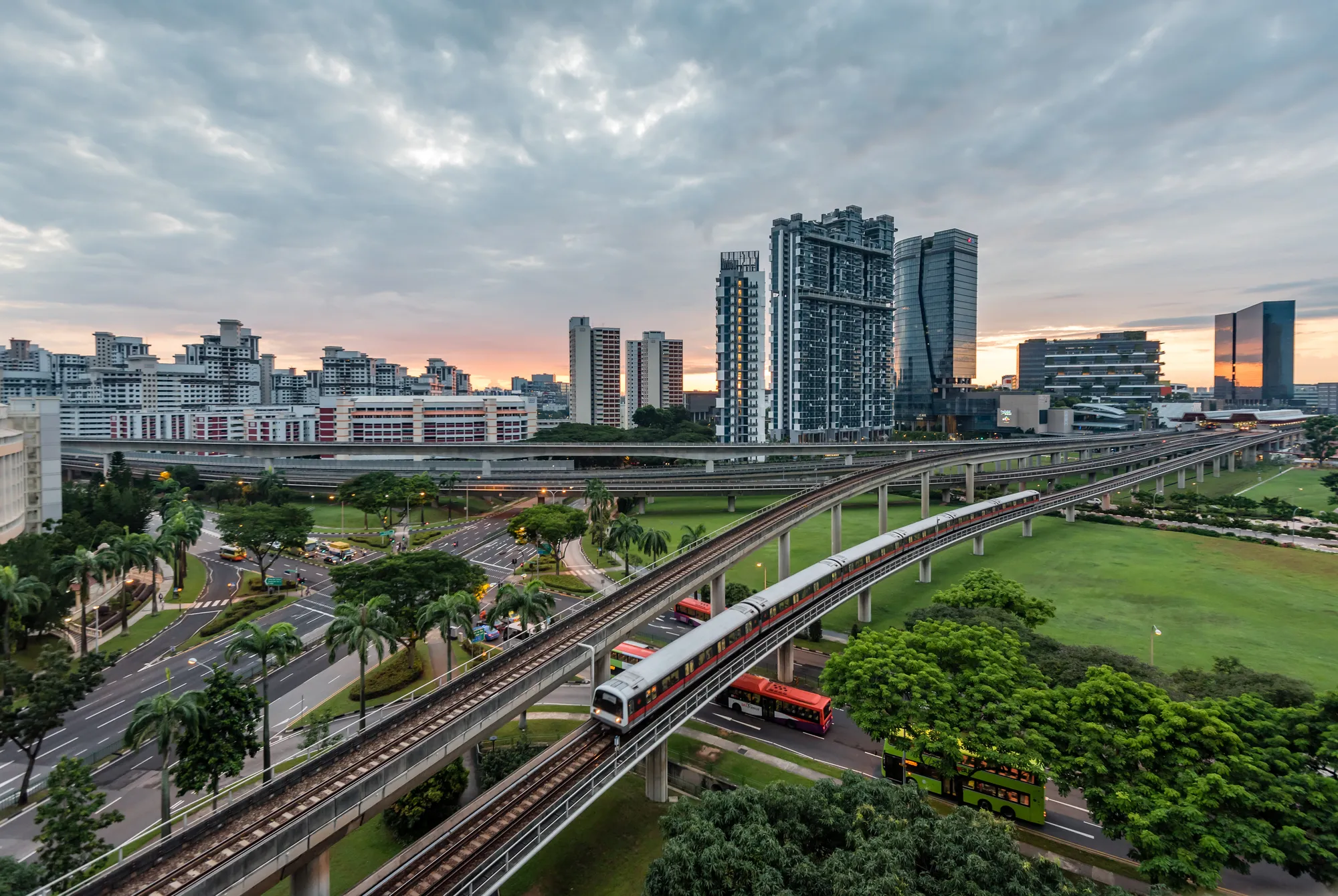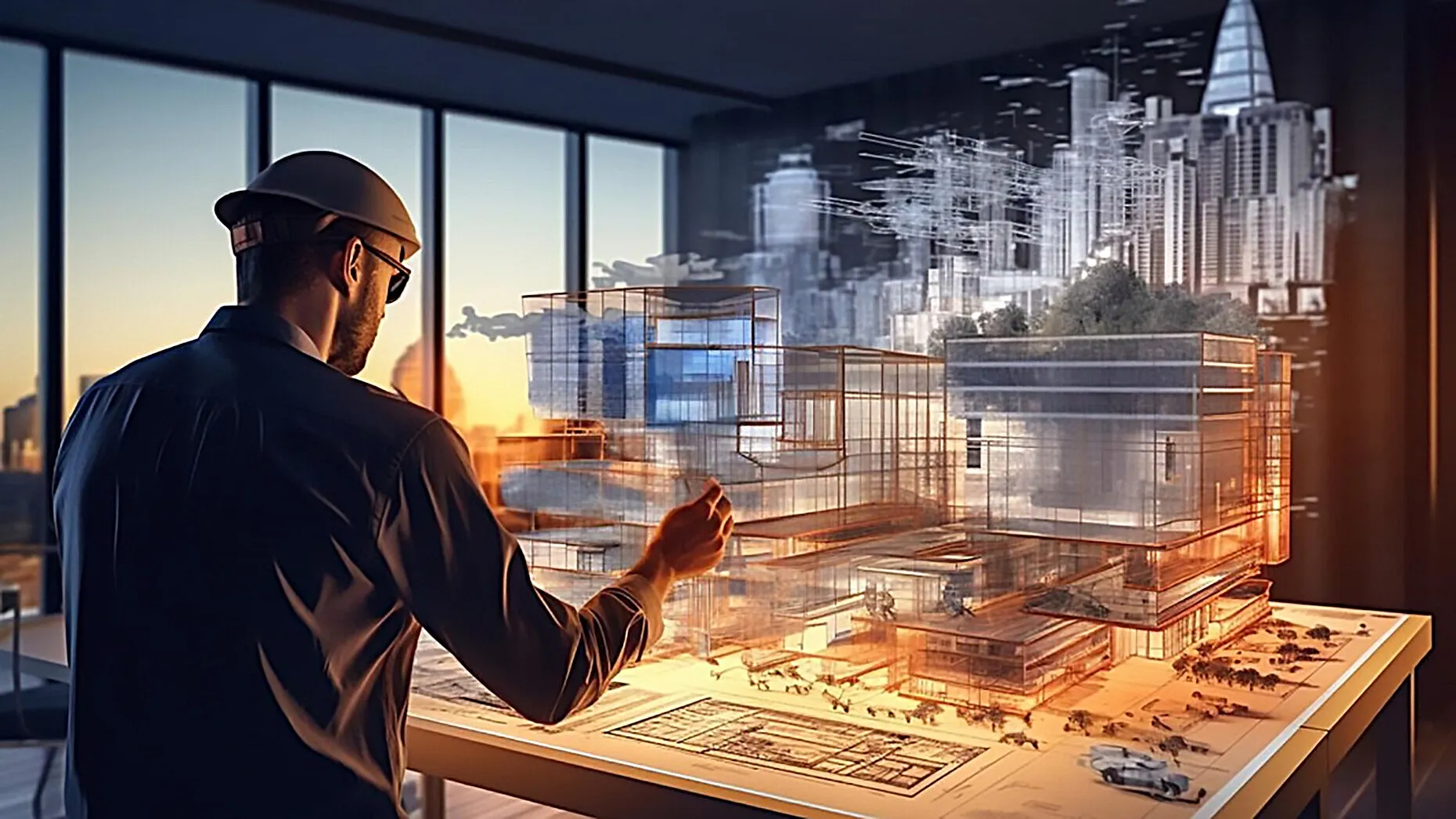
The combination of artificial intelligence (AI) and the Internet of Things (IoT) is radically changing the architectural landscape globally. By combining data, automation, and user-centric thinking at every stage of the built environment, these technologies are redefining what is possible, from early concepts to day-to-day building operations.
Connecting physical devices like sensors, meters, cameras, and controllers was the original purpose of the Internet of Things. They were able to exchange info instantly. This network functions as a nervous system in contemporary buildings, collecting data on things like occupancy, lighting, temperature, humidity, security, and air quality.
As the brain, artificial intelligence (AI) analyzes this massive stream of data to find trends, forecast outcomes, and make decisions on its own. This combination enables sophisticated controls. For example, AI-driven systems can quickly improve ventilation, modify lighting, or activate automatic cleaning robots in response to occupancy sensors detecting an increase in foot traffic.

This interconnectedness is not limited to operational efficiency. In design processes, AI-powered tools are now tightly integrated with Building Information Modeling (BIM) software, allowing architects to simulate hundreds of design options in real time and receive performance-driven feedback based on live or historical IoT data.
AI-powered technologies are being adopted by progressive initiatives worldwide to improve user comfort, sustainability, and efficiency. AI and IoT integration is changing famous landmarks and commonplace areas, whether it's monitoring real-time building performance in Milan, enabling futuristic design in Macau, or optimizing energy use in Singapore's smart buildings.

In Singapore’s smart commercial districts, intelligent buildings integrate thousands of IoT sensors connected to AI-driven platforms. This holistic approach continually monitors occupancy, air quality, and energy consumption, autonomously adjusting HVAC and lighting to safeguard energy savings and occupant well-being.

On a different scale, Zaha Hadid Architects’ Morpheus Hotel in Macau exemplifies how AI-driven generative design can produce previously unimaginable forms. Here, designers harnessed AI to rapidly test and optimize complex geometric iterations, ultimately achieving an iconic facade that balances aesthetics and structural efficiency.

A dynamic virtual representation of a real building is known as a "digital twin" in Milan's Porta Nuova neighborhood. It has been put into place to enable facility managers to monitor performance in real time, anticipate maintenance requirements, and forecast long-term upgrades using real sensor data streams. This demonstrates how AI and IoT provide real benefits for large-scale, routine urban management and iconic undertakings.
At the residential level, smart home systems like Google Nest and Schneider Electric’s EcoStruxure have brought automated comfort, personalized routines, and advanced security features to millions of households worldwide. These systems adapt to user presence, optimize energy use, and even suggest energy-saving actions, showcasing the domestic potential of these technologies.
Across the architectural spectrum, AI and IoT are now essential for providing significant benefits. Energy costs in a Toronto office skyscraper decreased by 30% in just one year after intelligent building technologies were retrofitted, indicating rapid sustainability and financial rewards. In addition to saving money and resources, AI-powered predictive maintenance now enables facilities teams to identify and address issues before they become more serious, minimizing downtime and operating surprises.
AI-powered parametric models may produce a variety of building configurations during the architectural design process, assisting architects in selecting layouts that balance environmental responsibility, functional performance, and aesthetic ambition. Creative workflows are rapidly changing as a result of these models, which also free up time and provide for new research opportunities.
Above all, user experience is being transformed. Indoor conditions are kept optimal through automated environmental controls, and advanced sensing enhances building security by flagging unexpected activities or medical emergencies. For both clients and designers, data-driven intelligence has elevated decision-making from guesswork to precision, ensuring that every building can adapt to the needs of its users and the environment.
This technological frontier is not without obstacles. The sheer volume and sensitivity of data handled by intelligent buildings make them a target for cyber threats, while privacy rules around the world place strict limitations on how personal data can be collected and stored. Ensuring that devices from multiple vendors can communicate and work together is another persistent hurdle, often slowing adoption and increasing integration costs.
Technical skills shortages remain a pressing challenge. Many firms need to upskill or recruit talent with a deep understanding of AI-driven modeling, IoT infrastructure, and cybersecurity, all while maintaining collaborative ties with traditional design and construction teams. Organizational inertia can further complicate deployment, as some teams remain attached to familiar workflows and resist large-scale digital transformation.

In the future, the combination of IoT and AI has the potential to transform not just specific buildings but also urban life as a whole. Real-time optimization and adaptive resource management are perfectly suited to the continuous learning provided by AI and IoT. It will become more and more important in achieving net-zero energy targets. As these intelligent technologies get more developed, buildings will not only respond to user demands, but also forecast them, adjusting settings in anticipation of human behavior and even mood.
Methodologies for construction are also changing. On construction sites, robotics and AI-guided equipment, under the direction of sensor-rich IoT control networks, are starting to automate dangerous and repetitive operations, improving accuracy, speed, and safety.
On the city scale, entire districts can be managed using unified digital twins and real-time data, transforming urban planning into an adaptive, environmentally sensitive discipline. These innovations promise smarter, safer, and more responsive communities for the next generation.
The convergence of IoT and AI is a paradigm shift for the architectural profession. It is transforming how buildings are conceived, constructed, and experienced. This integrated intelligence fosters efficiency, sustainability, and extraordinary flexibility, making smarter environments a reality. As the industry addresses the challenges of security, interoperability, and skills, architects and planners have an unprecedented toolkit for creating places that are as adaptive and resilient as they are inspiring. The future of architecture is no longer static; it is dynamic, data-powered, and profoundly human-centered.
You must be logged in to comment.